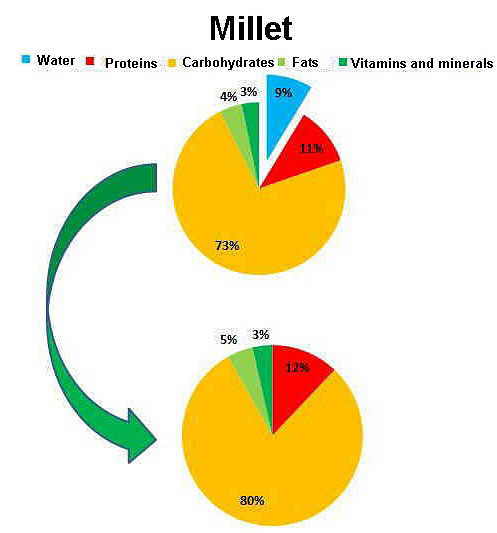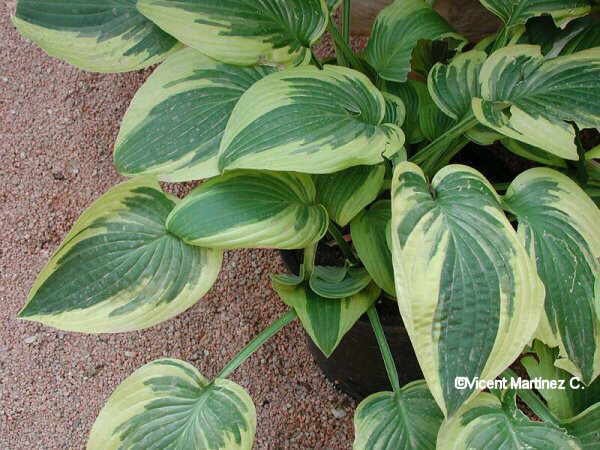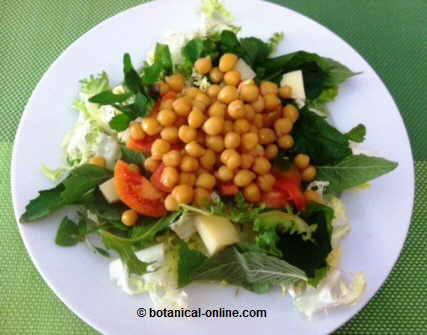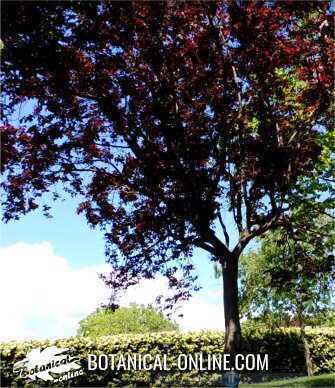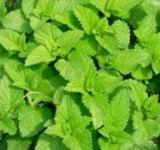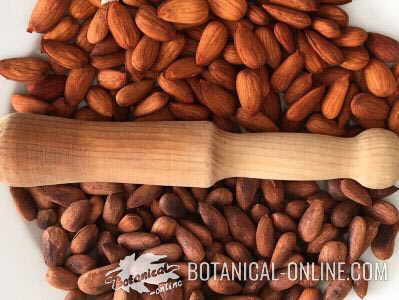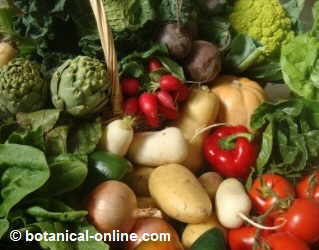Contents
What is a yellow chamomile plant?
Characteristics of yellow chamomile (Anthemis tinctoria)
Common name: yellow chamomile, marguerite, oxeye chamomile, golden marguerite, wild dyer’s chamomile
Note: Not to be confused with German chamomile (Matricaria chamomilla) or common daisy (Bellis perennis).
Scientific name: Anthemis tinctoria L.
Taxonomic synonyms: Cota tinctoria G.
Family: Composite plants
Origin: Native plant of Europe. Naturalized in the United States and California.
Habitat: Crops, meadows and cultivated fields.
Description of yellow chamomile
The yellow chamomile (Anthemis tinctoria) is a perennial plant, from the botanical family of composites, that grows spontaneously in fields.
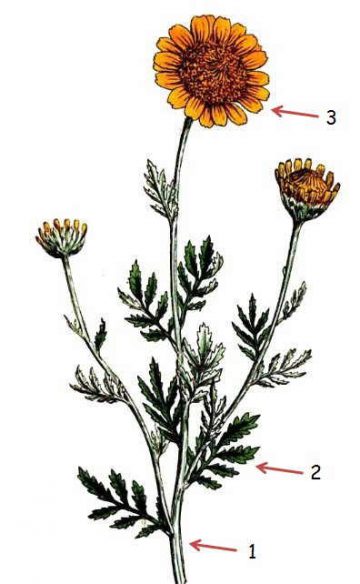 |
Herbaceous stems 30 – 90 cm tall, striated and with alternate branches. The flowers with pedicel are located in the terminal part.
Erect stems, crowned with solitary terminal flowers.
The leaves are alternate, petioled, with acute segments, 2-3 times pinnate, divided into segments. Each leaf is between 2 and 5 cm long and is deep green in color.
The inflorescence of this plant is typical of composite plants, and is called flower head. This type of inflorescence is composed of dozens or hundreds of tiny flowers.
The flower head or capitulum is convex and solid. It consists of hermaphrodite tubular flowers, golden in color. At the periphery of the disc floret are ligulate flowers with golden ligules, which look like petals. In reality, when we pluck the flower we are removing its ligules.
It flowers from July to August, and the seeds ripen from August to September.
Parts used
- Leaves and flower heads.
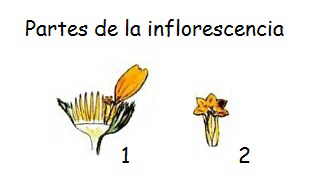
Uses of the plant
- Medicinal: the whole plant is used in phytotherapy. The leaves are rubbed on the skin against insect bites. The flower heads serve as an antispasmodic, emmenagogue, vesicant, diaphoretic and emetic. Leaves and flower heads are taken as an infusion.
- Colouring: A yellow dye is extracted from the flower heads.
- Ornamentation: They are used as cut flowers for the decoration of bouquets and floral arrangements.
Botanical classification of yellow chamomile
| Botanical classification | |
| Kingdom | Plantae |
| Subkingdom | Tracheobionta Vascular plants |
| Superdivision | Spermatophyta Seed plants |
| Division | Magnoliophyta Flowering plants |
| Class | Magnoliopsida Dicotyledons |
| Subclass | Asteridae |
| Order | Asterales |
| Family | Asteraceae or Compositae |
| Genus | Anthemis |
| Species | A. tinctoria |
![]() More information on daisies
More information on daisies

